|
For some polycrystalline materials such as austenitic stainless steel, magnesium, TATB, and HMX, twinning is a crucial deformation mechanism when the dislocation slip alone is not enough to accommodate the applied strain. To predict this coupling effect between crystal plasticity and deformation twinning, we introduce a mathematical model and the corresponding monolithic and operator splitting solver that couples the crystal plasticity material model with a phase field twining model such that the twinning nucleation and propagation can be captured via an implicit function. While a phase-field order parameter is introduced to quantify the twinning induced shear strain and corresponding crystal reorientation, the evolution of the order parameter is driven by the resolved shear stress on the twinning system. To avoid introducing an additional set of slip systems for dislocation slip within the twinning region, we introduce a Lie algebra averaging technique to determine the Schmid tensor throughout the twinning transformation. Three different numerical schemes are proposed to solve the coupled problem, including a monolithic scheme, an alternating minimization scheme, and an operator splitting scheme. Three numerical examples are utilized to demonstrate the capability of the proposed model,
as well as the accuracy and computational cost of the solvers. [preprint]
0 Comments
Leave a Reply. |
Group NewsNews about Computational Poromechanics lab at Columbia University. Categories
All
Archives
July 2023
|


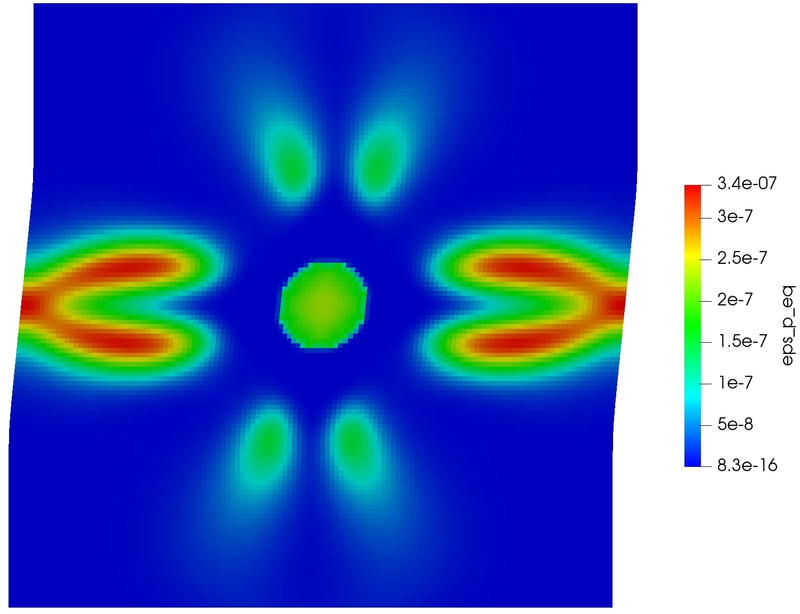



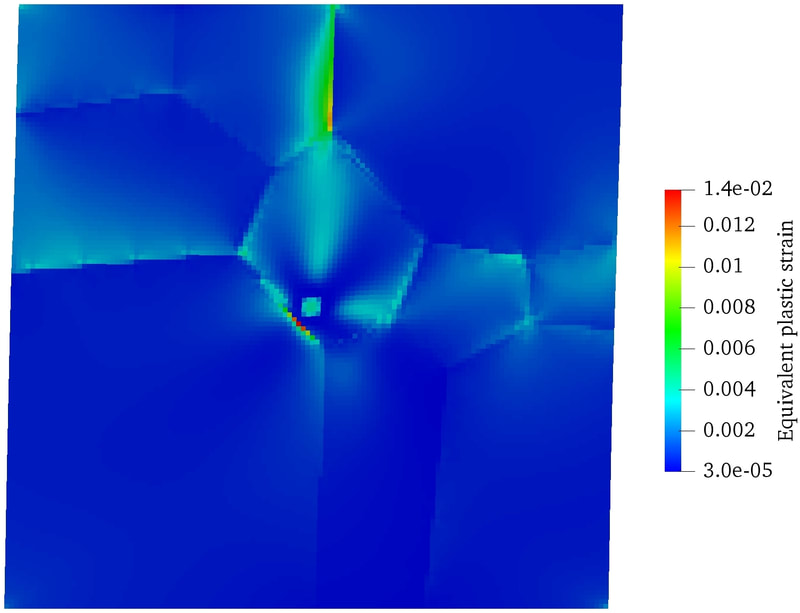
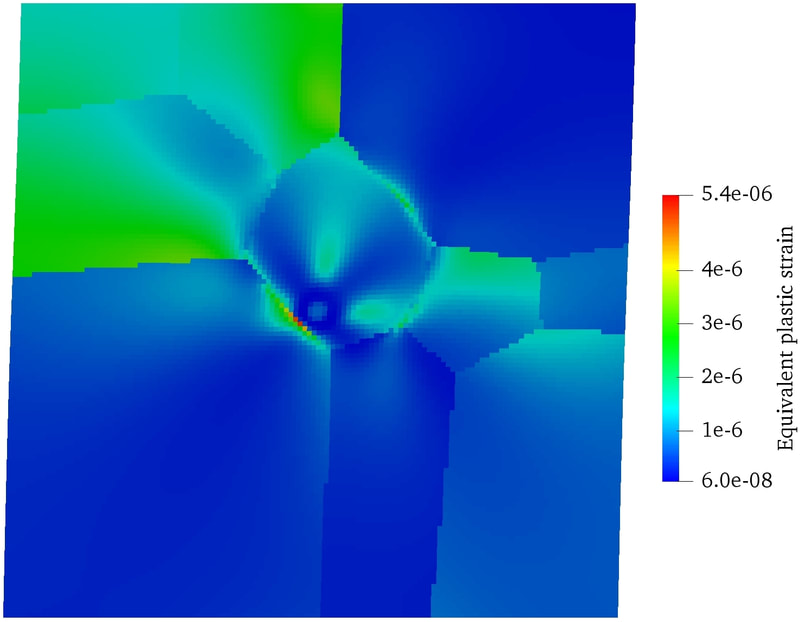
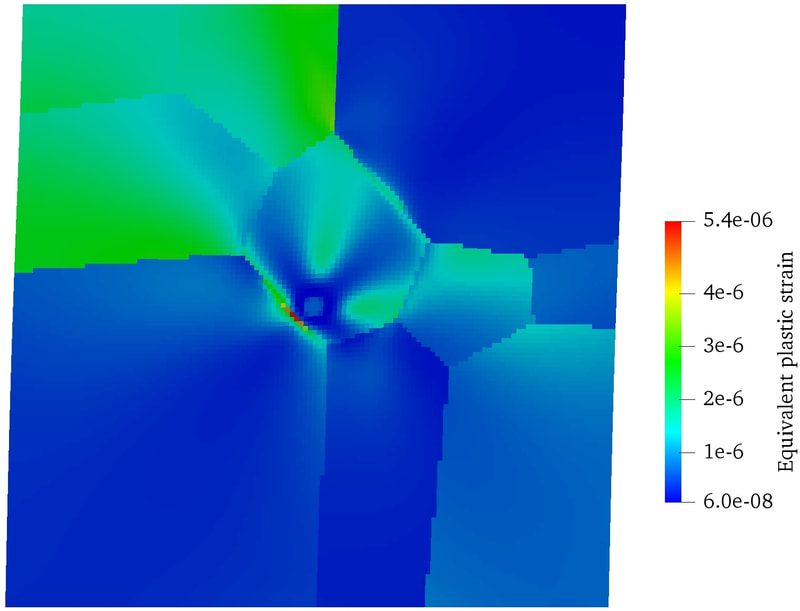
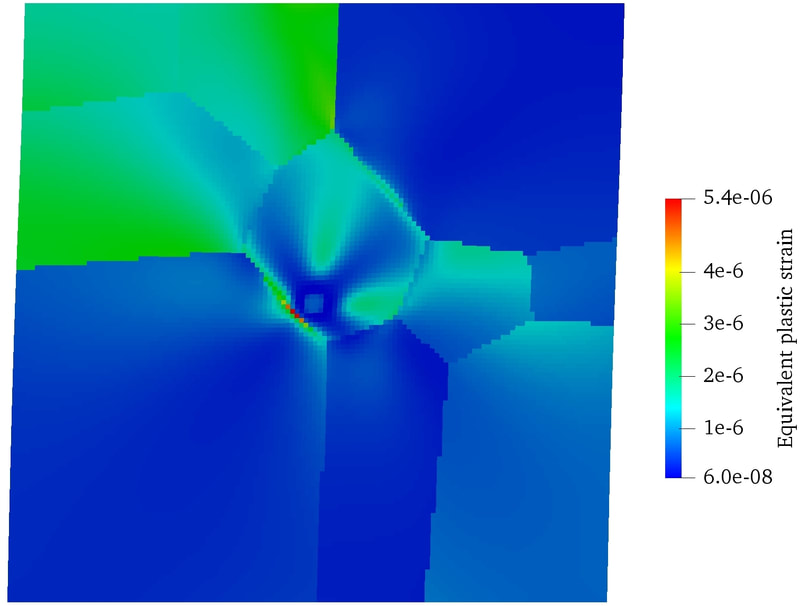
 RSS Feed
RSS Feed